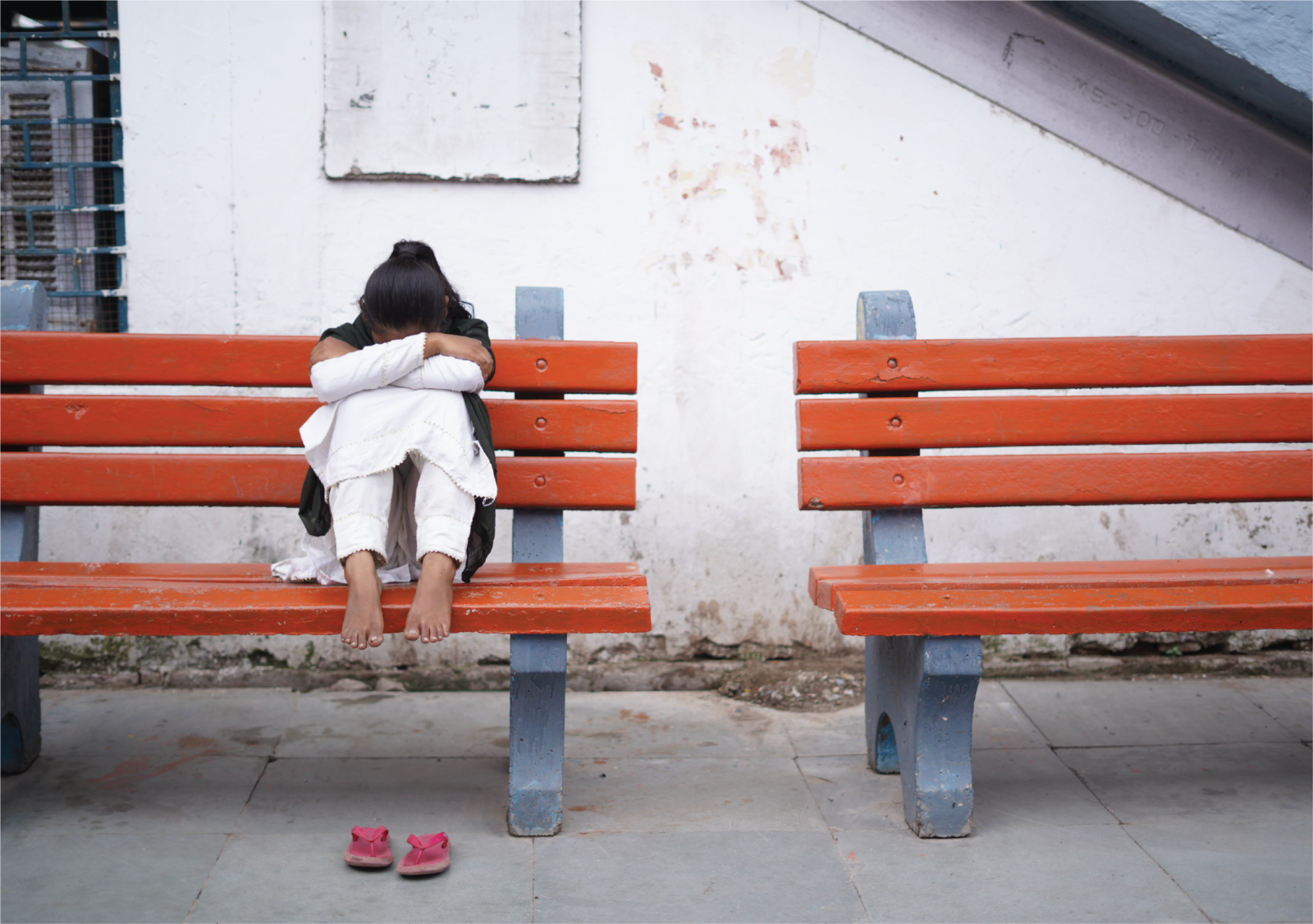“For to be free is not to cast off one’s chains but to live in a way that respects and enhances the freedom of others” – Nelson Mandela.
For you and me, Daughter’s Day could mean a day of receiving or giving a thoughtful note, a cute gift, or a mile-long social media post expressing love and gratitude. However, for innumerable other daughters of India, this day holds no meaning. Each day a new challenge awaits them, one that makes them question their right to a dignified life. Each day society reminds them that their sex is their biggest weakness and that being a daughter of India is possibly the biggest curse.
Here, we present some of the many challenges that India’s daughters face each day, and some of the approaches that we can take for the safety and well-being of our daughters.
1.FEMALE INFANTICIDE
What could spell greater despair than to kill newborn female babies within one year of their birth? Female infanticide is a centuries-old heinous crime that continuous to be committed even today. Several social ills, such as poverty, illiteracy, child marriage, sex-selective abortion, have been noted as the reasons leading to female infanticide. However, the cause and the solution are indeed the same — mindset. Government campaigns, such as ‘Beti Padhao, Beti Bachao,’ and even amendments to the law, Pre-Conception and Pre-Natal Diagnostic Techniques Act, have deterred some but increased social awareness is needed to eradicate the perversion of son preference from people’s mind.
2.GENDER DISCRIMINATION AT SCHOOL
Though girls in India today are more educated than they have ever been, the gap in educational attainment, as reflected in the mean years of schooling, has worsened over time. What can only be described as a divergence from global trends, the gender gap in the Indian education system, measured as the simple difference between male and female attainment, has actually increased with time from 2.4 years to 3.5 years. In a society like ours where a higher value is placed on education of male children, we need to shift our focus towards strengthening the early childhood education of our children. As accorded by The National Education Policy 2020, typically between the ages of three and seven, children can acquire strong biases about the nature of jobs men and women should do. These biases, played out over the long run, can impede an individual from realising the full potential.
3.STIGMA OF MENSTRUATION
We shame our daughters for the most natural phenomenon occurring in their bodies. In India, stigma surrounding menstruation is spread to such an extent that even mothers speak reluctantly about this topic with their daughters. This results in young girls lacking scientific knowledge on puberty and menstruation. Like many other advocates and organizations working towards ending the stigma, GoAbroad Foundation suggests some of the ways to address menstruation issues in India, which include ending the taboo, educating communities, improving access to obstetricians, and providing access to clean usable restrooms.
4.CHILD MARRIAGE
“I learnt in my school that child marriage is a crime, but here in my hometown, an underage cousin sister of mine was being married off against her will, right before my eyes … I did bring it up with my mother, but she brushed it off saying, this is normal here, this is their way of life. We can’t interfere in their matters.” These are words of Priyaswara Bharti, 17-year-old youth activist from Bihar. Her experiences give us a peek into modern-day India where a punishable crime like child marriage is committed rampantly and is fairly ‘normalised’ too. Here is Girls Not Brides’ Theory of Change that encapsulates steps, such as empowering girls, mobilizing families and communities, providing services, and establishing and implementing laws and policies, to end child marriage.
5.TEENAGE PREGNANCY
Poverty, rape, and peer pressure on teenagers to engage in sex are some of the reasons attributed to the rise in teenage pregnancies. Laws such as Prohibition of Child Marriage Restraint Act, 2006 have aided in bringing down the numbers; however, increased sex education among adolescents, open communication regarding sex, and making contraceptive services easily and freely available are some of the steps that an reduce the number of increasing teenage pregnancies.
6.CHILD TRAFFICKING
‘I was bought for 50,000 rupees,’ “They wanted me to obey them, and if I objected they always had the same words for me: ‘We own you because we bought you’” – more such heart-wrenching stories from India were reported in one of The Guardian’s article. Daughters of poor and marginalized communities are often trafficked to be forced into labour. Traffickers often sell dreams of big cities or well-paid jobs. The Immoral Trafficking Prevention Act that prevents commercial sexual exploitation, the Bonded Labour Abolition Act, the Child Labour Act and the Juvenile Justice Acts are in force in India but to no avail. We need more than laws to change a culture that serves as a breeding ground for violence against girls and women, poverty, and human trafficking. We need to reclaim humanity and open a national debate about this toxic patriarchal culture and its long-term and grave repercussions.






